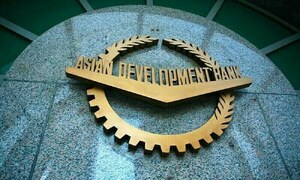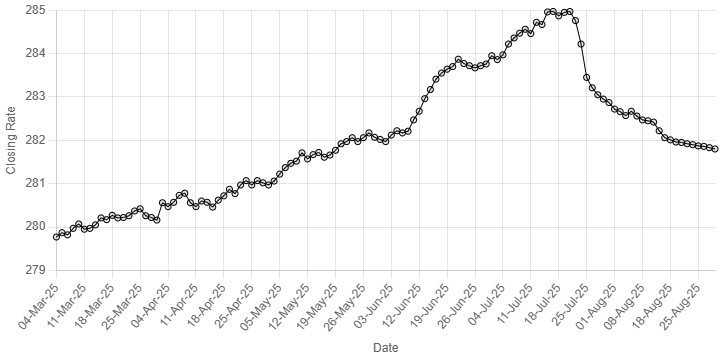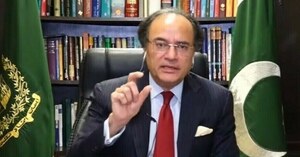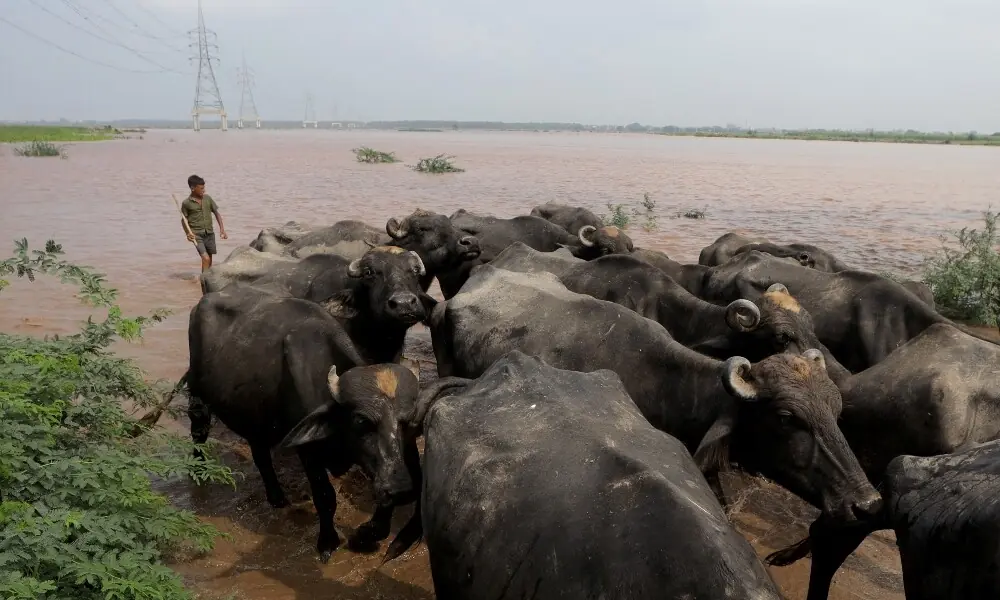Public at large hardly takes any notice of the monetary statistics released by the central bank from time to time despite the fact that these have a great significance for economic policy.
If seen closely, monetary statistics could, for instance, reveal indirectly the level of economic activity in the private sector and the fiscal outcome of the trends in borrowings by the private and government sectors respectively while the behaviour of net foreign assets of the banking system could roughly indicate the current account trends.
The profile of monetary assets released by the State Bank of Pakistan on a weekly basis summarises some of the most important developments in this respect and in a way could serve as an early warning for the authorities of the country to adjust their policies in a desired fashion.
The latest monetary survey for the week ended 25th February, 2006, for example, is a clear indicator that fiscal position of the government is not very satisfactory and the sources of financing of the budgetary deficit are highly disturbing.
In the Credit Plan for 2005-06, borrowings for budgetary support from the banking system were projected at Rs 98 billion. During less than eight months of the year ie up to 25th February 2006, these borrowings have risen to Rs 147.2 billion or in other words the projection of the Credit Plan has already been exceeded by a wide margin of Rs 49.2 billion.
The increase of this magnitude looks particularly alarming when compared with the borrowings of only Rs 5.0 billion in the corresponding period of last year. Another cause of concern is the increasing dependence of the government on the borrowings from the State Bank.
During this period, the government (including provincial governments) increased its borrowings from the State Bank by Rs 178.2 billion and the scheduled banks' borrowings declined by Rs 31.0 billion.
This concern is due to the fact that borrowings from the central bank are more inflationary as compared to those from other sources.
Obviously, this unhealthy situation has developed due to certain policy shortcomings. The budget deficit, for whatever reasons, is likely to surpass the target fixed at the beginning of the year. The remedy obviously lies in increasing revenues and containing public expenditures, but the authorities do not seem to be very keen to move in this direction.
The inflationary impact of such an expansionary fiscal stance could have been contained to a certain extent if the government had resorted to less inflationary sources of financing like increased borrowings from banks and domestic non-banking institutions.
As is evident from the relevant statistics, such an option is also not being attempted probably for the reason that borrowings from the State Bank are less expensive. It seems that both the fiscal and monetary authorities are not trying vigorously enough to change the course of events.
The rates of return offered by the government on various saving schemes are not attractive enough to draw large amounts of household savings, in order to reduce dependence on banking sources of finance and the State Bank is not unloading adequate amount of government paper in the market and mopping up excess liquidity.
This approach of the government, and, of course, the accompanying policies have a cost. Higher budget deficit would necessarily lead to increased debt burden, but the short-term and more serious impact is on prices.
The rise in Consumer Price Index (CPI) which was less than 5.0 percent from 1999-2000 to 2003-04 jumped to 9.3 percent in 2004-05 and the trend so far indicates that the inflation rate during 2005-06 may be between 8 and 9 percent.
The more worrying aspect is that year-on-year rise in the prices of some necessities and kitchen items have been exorbitant which hit the low-income people very badly. Even middle-income groups are now facing hard times. High domestic prices are also very damaging for trade and current account balance of the country.
The argument that most of the increase in prices is due to high international oil prices and some of the items are cheaper in Pakistan as compared to India, cannot satisfy the ordinary people who believe that it is the responsibility of the government to keep a check on prices. In our view, it is high time to reappraise fiscal and monetary policies of the country.
The government should not only stick to its fiscal target but also try to bridge the fiscal gap through less or non-inflationary sources of financing. The State Bank also needs to shift the burden of deficit financing to the scheduled banks to reduce their credit creating capacity.
Both of these measures would necessitate a rise in the interest rates but that is the price that has to be paid for containing price pressures in the economy.
BR100
15,085
Increased By
112.5 (0.75%)
BR30
44,012
Increased By
987.7 (2.3%)
KSE100
148,618
Increased By
1274.3 (0.86%)
KSE30
45,248
Increased By
370.7 (0.83%)





















Comments
Comments are closed.